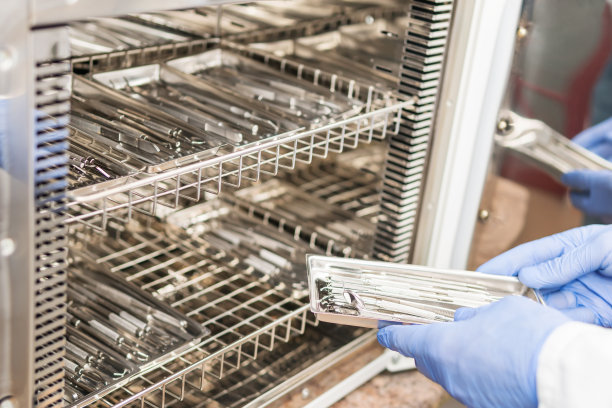Essential Guidelines for Patients to Follow Before Undergoing Root Canal Treatment for Optimal Results and Recovery
Summary: Undergoing a root canal treatment (RCT) can alleviate severe tooth pain and save a compromised tooth. However, optimal results and a smooth recovery hinge on proper preparation. This article outlines essential guidelines that patients should follow before their RCT. From understanding the procedure and dietary adjustments to addressing fears and arranging post-treatment care, these steps will help patients navigate their treatment effectively. Adhering to these guidelines ensures not only a higher success rate for the procedure but also a more comfortable recovery experience. This preparation fosters better communication with dental professionals, leading to individualized care that meets the patients unique needs.
1. Understanding the Root Canal Procedure

Before undergoing a root canal treatment, it is crucial for patients to educate themselves about the procedure. Understanding what happens during the treatment can significantly reduce anxiety and empower patients. The process typically involves the removal of infected or damaged pulp from within the tooth, cleaning the interior, and sealing it to prevent future infections.
Patients should be aware of the steps involved, as knowing what to expect can alleviate fear. A well-informed patient is likely to be more relaxed during the treatment, contributing to a smoother experience. Dental professionals often take the time to explain the procedure, and patients should feel encouraged to ask questions to clarify their understanding.
Furthermore, understanding the tools and techniques used during treatment can help demystify the process. Modern technologies and anesthesia options enhance comfort during the procedure and ensure effective pain management, making it a much less daunting experience for most patients.
2. Dietary Adjustments Before Treatment
Food choices leading up to the root canal appointment can impact treatment. Dental professionals often recommend that patients avoid certain foods on the day of the procedure. For instance, consuming a hearty meal can help mitigate discomfort from anesthesia. Patients should opt for soft foods prior to the treatment, especially if they are dealing with tooth pain.
In addition to dietary timing, its important to avoid stimulants such as caffeine on the day of treatment. Caffeine can increase anxiety levels, making it more challenging to remain calm during the procedure. Sticking to light, easily digestible options helps in maintaining comfort and ease as patients prepare to undergo the treatment.
Staying hydrated is equally important. Drinking adequate water, unless advised otherwise, can help keep patients hydrated and their mouth lubricated. This is particularly beneficial if a local anesthetic is to be used, as it minimizes dry mouth issues during the procedure.
3. Addressing Fear and Anxiety
Fear of dental procedures is common, and it is essential for patients to acknowledge these feelings before a root canal. Open communication with the dental provider about specific fears can lead to tailored solutions that help mitigate anxiety. Many modern dental practices offer various levels of sedation to ensure that patients remain comfortable throughout their treatment.
In addition to discussing sedation options, patients should also consider relaxation techniques before their appointment. Guided imagery, deep breathing exercises, or listening to calming music can significantly alleviate the stress that often accompanies dental visits. Establishing a relaxation routine can make a world of difference, especially for those with a history of dental anxiety.
Building a support system also helps ease fears. Patients should reach out to friends or family for moral support, whether its accompanying them to the appointment or simply sharing their thoughts and anxieties. This emotional preparation can create a sense of security and comfort as they approach the procedure.
4. Arranging Post-Treatment Support
Post-treatment care is just as crucial as pre-treatment preparations. Patients should arrange for someone to drive them home after the procedure, especially if sedation is used during the treatment. Feeling drowsy or disoriented is not uncommon, and having support can make the transition smoother.
Once home, patients should prepare for recovery by stocking up on soft food items and over-the-counter pain relief, if recommended by their dentist. Knowledge about post-treatment symptoms can help patients identify normal recovery signs and when to seek help. Understanding what to expect can make the recovery phase less intimidating.
Finally, scheduling a follow-up appointment is essential to ensure proper healing and address any concerns that may arise after the procedure. This future appointment reinforces the importance of ongoing communication with dental care professionals and assists in monitoring the recovery process.
Summary:
The importance of understanding the root canal procedure, making dietary adjustments, addressing fears, and preparing for post-treatment care cannot be overstated. Each of these elements plays a significant role in ensuring optimal results and a smoother recovery process. By following these essential guidelines, patients can feel empowered and more in control of their dental health journey, leading to a more satisfactory outcome.
This article is compiled by Vickong Dental and the content is for reference only.



